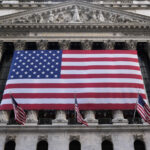Omicron is surging across the United States, the new variant is the cause of 90% of the new COVID-19 cases, government officials at all levels are asking for caution concerning public gatherings, none more than the celebrations in New Orleans that will culminate with Mardi Gras. Larger, more opulent parades will follow in February as the big party in The Big Easy nears, and the city attempts to transform the season’s joy with caution. As reported by the AP:
Vaccinations were required in keeping with New Orleans regulations and seating on public transport was to be limited and spaced
NEW ORLEANS (AP) — Vaccinated, masked and ready-to-revel New Orleans residents will usher in Carnival season Thursday with a rolling party on the city’s historic streetcar line, an annual march honoring Joan of Arc in the French Quarter and a collective, wary eye on coronavirus statistics.
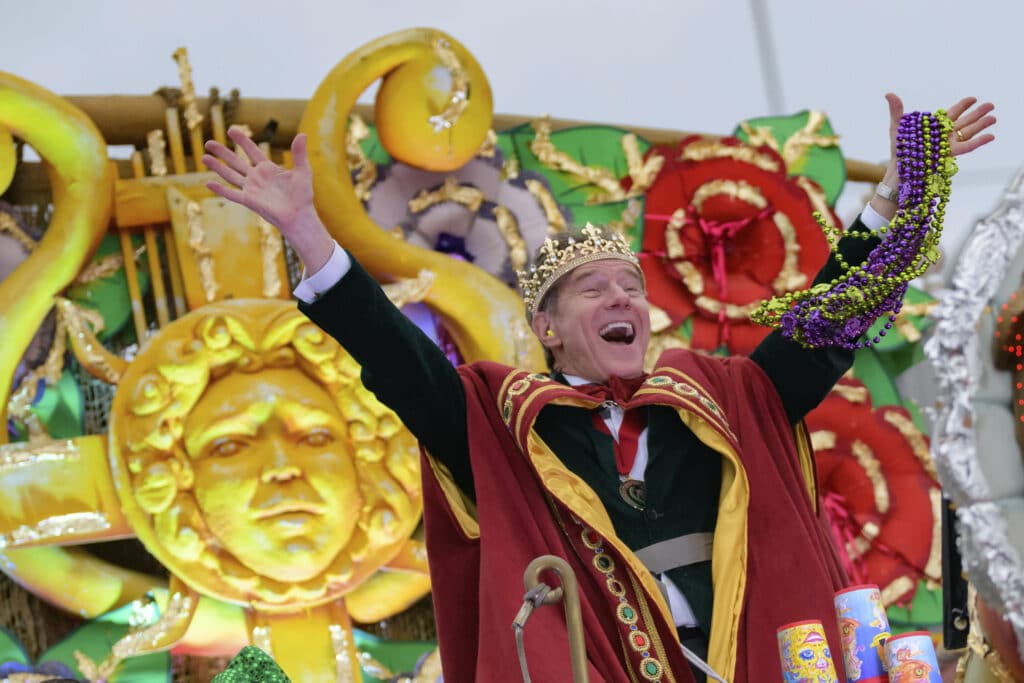
Carnival officially begins each year on Jan. 6 — the 12th day after Christmas — and, usually, comes to a raucous climax on Mardi Gras, or Fat Tuesday, which falls on March 1 this year. Thursday’s planned festivities come two years after a successful Mardi Gras became what officials later realized was an early Southern superspreader of COVID-19; and nearly a year after city officials, fearing more death and more stress on local hospitals, canceled parades and restricted access to the usually raucous Bourbon Street.
This year, the party is slated to go on despite rapidly rising COVID-19 cases driven by the omicron variant.
In what has become a traditional kickoff to the season, the Phunny Phorty Phellows will gather at a cavernous streetcar barn and board one of the historic St. Charles line cars along with a small brass band. Vaccinations were required in keeping with city regulations and seating on the streetcar was to be limited and spaced. And, in addition to the traditional over-the-eye costume masks, riders were equipped with face coverings to prevent viral spread.
Larger, more opulent parades will follow in February as Mardi Gras nears and the city attempts to leaven the season’s joy with caution.
“It was certainly the right thing to do to cancel last year,” said Dr. Susan Hassig, a Tulane University epidemiologist who also is a member of the Krewe of Muses, and who rides each year on a huge float in the Muses parade. “We didn’t have vaccines. There was raging and very serious illness all over the place.”
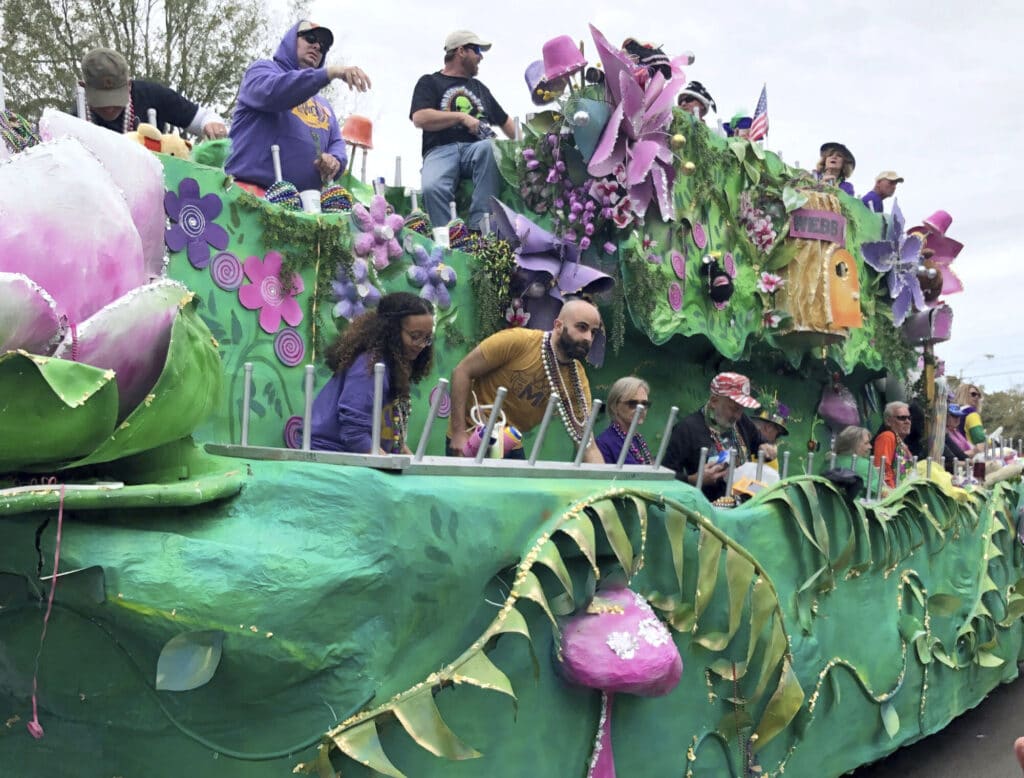
Now, she notes, the vaccination rate is high in New Orleans. While only about 65% of the total city population is fully vaccinated, according to the city’s statistics, 81% of all adults are fully vaccinated. And the overall percentage is expected to increase now that eligibility is open to younger children.
And, while people from outside the city are a big part of Mardi Gras crowds, Mayor LaToya Cantrell’s anti-virus measures include proof of vaccination or a negative test for most venues. “The mayor has instituted a vaccine requirement and/or negative test to get into all the fun things to do in New Orleans — the food, the music,” said Hassig. She adds, however, that she’d like to see a federal requirement that air travelers be vaccinated.
Sharing Hassig’s cautious optimism is Elroy James, president of the Zulu Social Aid and Pleasure Club, a predominantly Black organization whose Mardi Gras morning parade is a focal point of Carnival. Early in the pandemic, COVID-19 was blamed for the death of at least 17 of Zulu’s members. Compounding the tragedy: Restrictions on public gatherings meant no traditional jazz funeral sendoff for the dead.
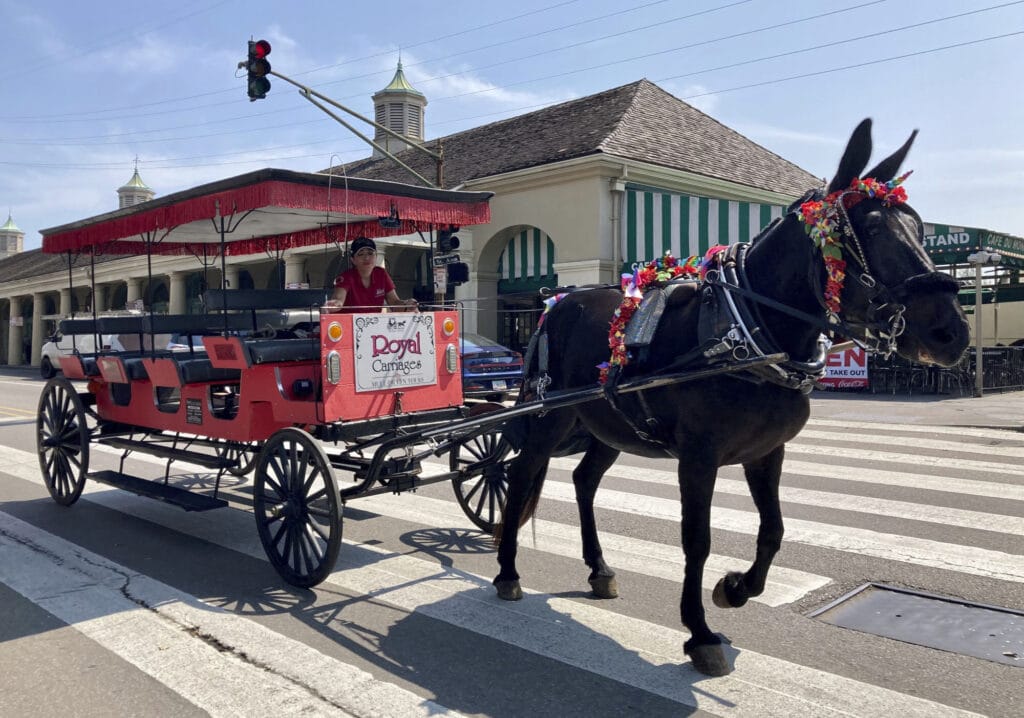
“I think most krewes, particularly, I know, for Zulu, we’ve been very proactive, leaning in, with respect to all of the safety protocols that have been in place since the onset of this thing,” James said Wednesday. “Our float captains are confirming our riders are vaccinated. And part of the look for the 2022 Mardi Gras season is face masks.”
Statistics still show reason for concern in a state where the pandemic has claimed more than 15,000 lives over the past two years. Louisiana health officials reported more than 1,287 hospitalizations as of Tuesday — a sharp increase from fewer than 200 in mid-December. Still, reports nationwide indicate the omicron-driven illnesses are milder than previous cases. Hassig notes that a lower percentage of patients require ventilators, a sign of less-severe illness.
And dedicated parade participants aren’t stopping precautions at masks and shots. Muses founder Staci Rosenberg said the krewe had planned to gather at a bar a couple of blocks off the streetcar route to await the passing of the Phunny Phorty Phellows’ procession. Now, they’ve moved that party to an outside parking lot.
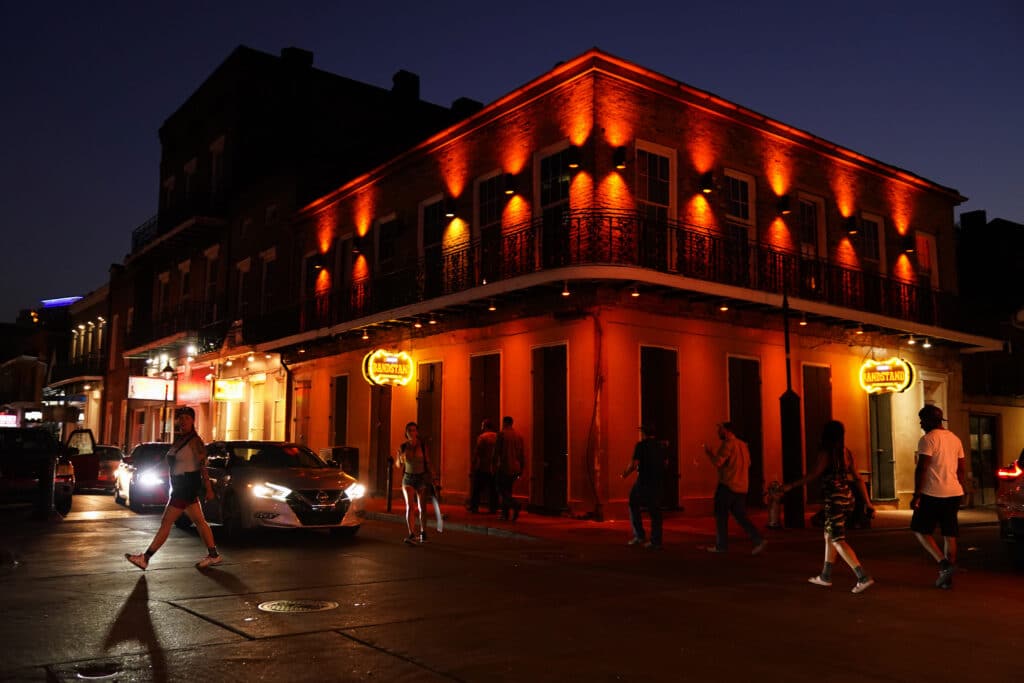
Hassig, meanwhile, says she doesn’t plan to attend any indoor gatherings. She, is, however, determined to ride in the Feb. 24 parade — vaccinated, face covered with an N95 mask and knowing that outdoor activities are generally less likely to spread disease.
It’s important to Hassig. She rode in her first parade in 2006 as the city fought to recover from catastrophic flooding following Hurricane Katrina. And she wants to participate in the tourist-dependent, tradition-loving city’s recovery from the economic ravages of the virus.
“It’s incredibly important, financially, for the city that this go well,” she said.
By KEVIN McGILL






